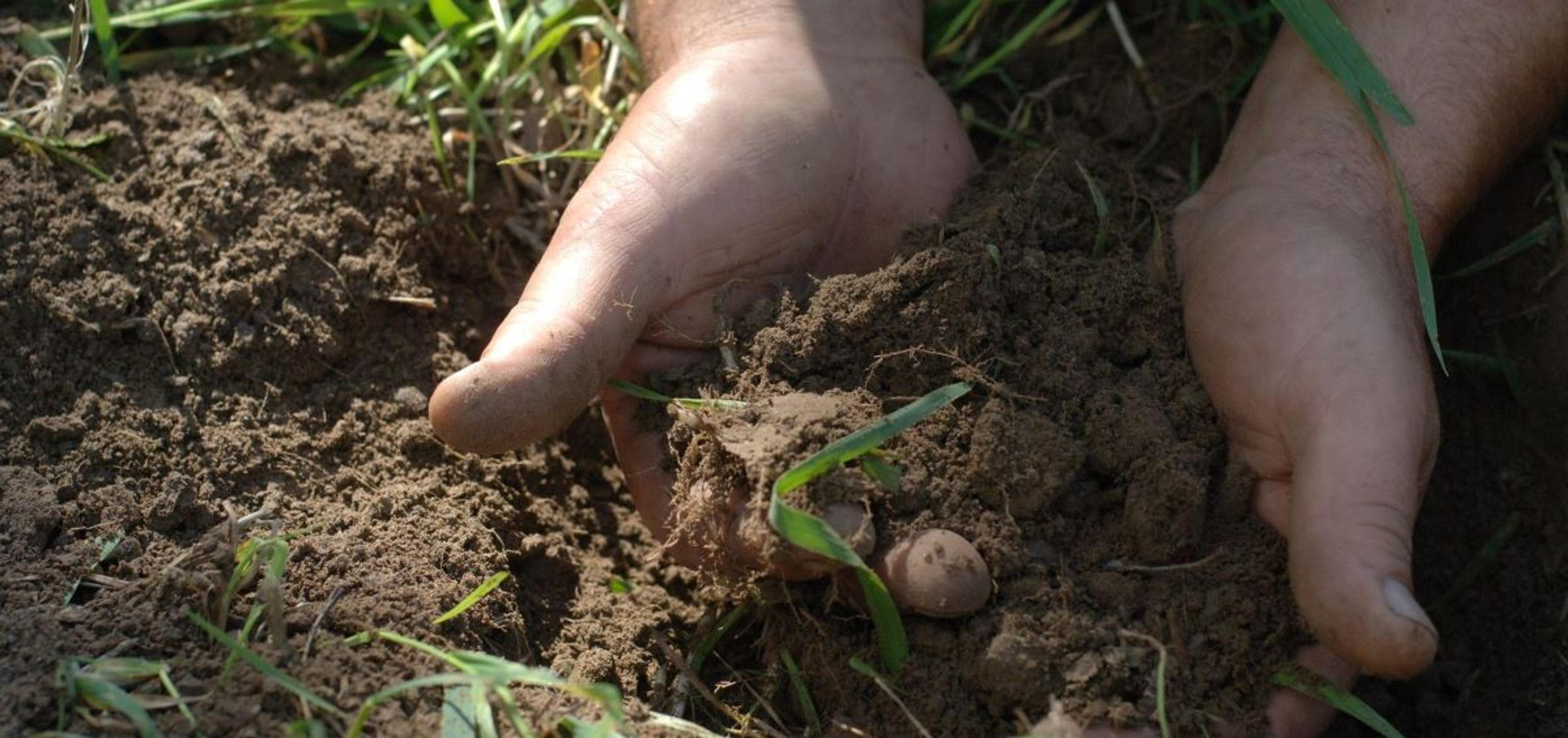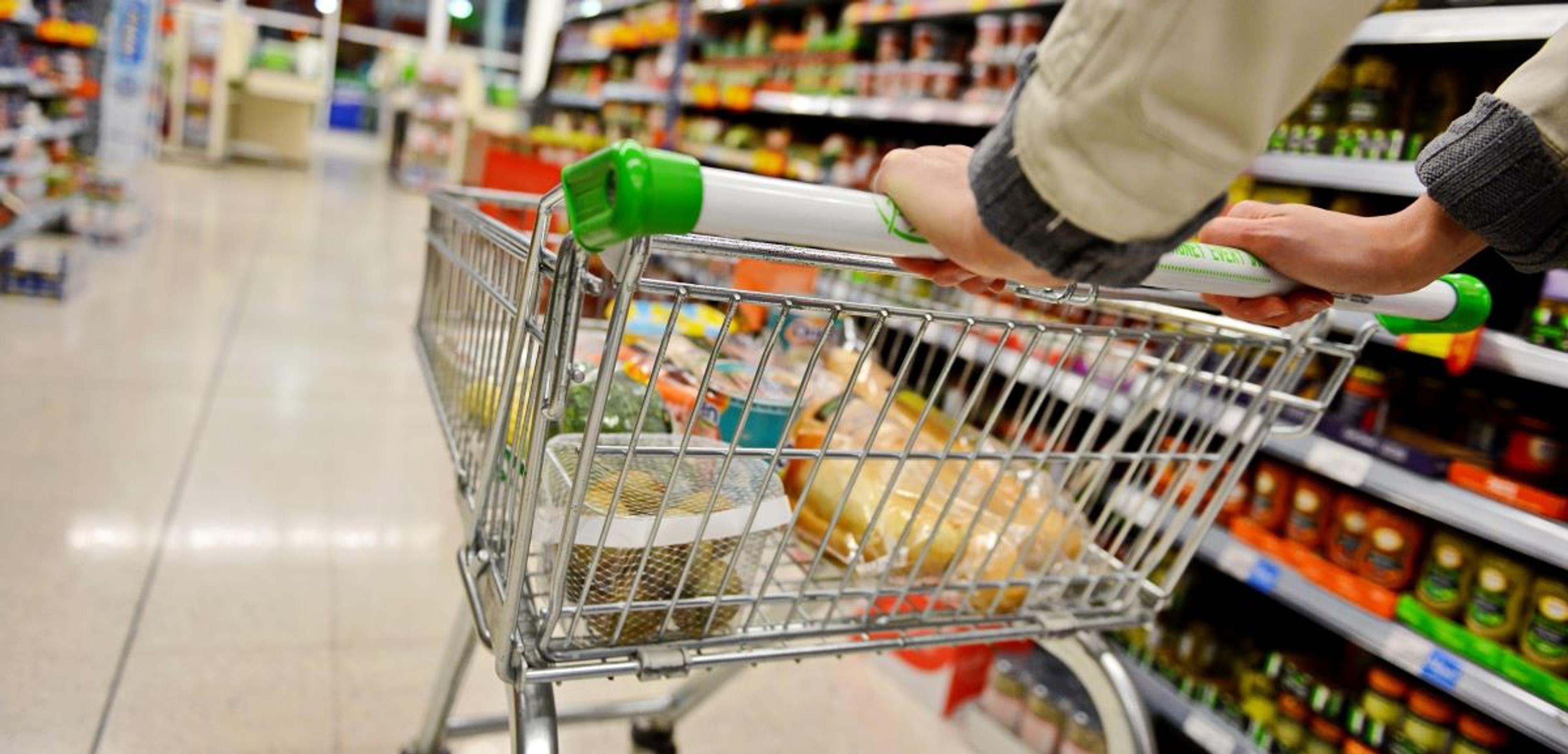
Earth
Dedicated to Dirt, Pasture and Doing Our Part to Fight the Climate Crisis
Whether you have been stuck in the pockets of extreme heat scattered across the country, devastating downpours in the Northeast, wildfires across the West, droughts in the Plains and Midwest or experienced the hottest temps on record, farmers are right there with you as the climate continues to change.
What do these heatwaves and erratic weather mean for farmers and the food supply? How are farms trying to not only deal with, but lessen the impacts of climate change? Let’s dive in.
Everything a farmer does is dictated by the weather, said Tim Kline, an Organic Valley farmer in Ohio. “We can put our best-laid plan out for Monday morning and be guaranteed by that evening it has changed.”
The recent heat wave, defined by the National Weather Service as abnormally hot weather lasting more than two days, is certainly taking a toll on people, animals and earth. Global average temperatures are increasing at greater rates than those that have occurred over the last million years of Earth’s history, the U.S. Department of Agriculture reports.
As of Aug. 8, about 50% of the continental U.S. is abnormally dry or facing drought conditions, according to the U.S. Drought Monitor. Numerous areas around the country, particularly portions of the Midwest and Texas, are experiencing drought conditions, it reports.

West Coast fires in 2021 were so severe a red tint covered the land. No filter was used on this photo.
Photo by Larry Hansen.
How Does Extreme Heat Impact Crops and Land?
Drought can limit the growing season and impact crops and productivity. Low crop yields, like less corn, soy and wheat harvested in a year, can result in rising food prices and shortages, according to the Centers for Disease Control and Prevention.
The lasting negative impacts of extreme heat like the world is experiencing this year can increase costs to the farmers, which may trickle down to you, the consumer. Luckily, some organic crops may be more resilient to the challenging weather.
In years of drought or excess rainfall, crop yields on organic farms surpass those of conventional farms, the Rodale Institute found in its 30-plus-year side-by-side comparison of a conventional and organic test plot.
Grass-based farming systems benefit land resiliency in the face of the changing, drier climates. Organic Valley farmer Kevin Mahalko, Wisconsin, takes great care to keep his pastures earth- and animal-friendly.
“With healthy soil and pastures comes cleaner air, cleaner water and good animal habitat. People actually want to physically be on our farm,” he said. “The natural beauty that comes from a healthy farm ecosystem is a huge benefit for everyone.”
Pasture systems may be a tool in the fight against climate change, and have been shown to attract wildlife back to a farm as well, making them more biodiverse. The power of pasture-based regenerative farming systems helps sequester carbon and replenish the land.
It’s not just the carbon building in the soil, it’s also cutting the mileage that a cow’s feed travels to zero, so you don’t burn any fossil fuels to bring that feed to the cow.
Climate change has further altered the natural pattern of droughts, making them more frequent, longer and more severe, according to the U.S Geological Survey. Since 2000, the western United States has experienced the driest conditions on record. And this year, El Niño has entered the picture. The weather phenomenon is associated with exacerbating the impact of climate change by changing temperature and precipitation patterns.
The Organic Trade Association reports organic agriculture helps adapt to climate change by promoting soil health, biodiversity and resilient agro-ecosystems.

Cows graze at the Miller family farm in New York.
How Does Extreme Heat Affect Animals?
Just like people, cows get uncomfortable when it’s hot — the ideal temperature for dairy cattle is 25 to 65 F. While farmers do what they can to alleviate heat stress in cows, extreme heat can lead to lower milk production. The USDA has even predicted reduction of milk in 2030 from climate change-induced heat stress on cows.
Mike Wangsgard, an Organic Valley farmer in Utah, recognizes the recent heat wave he experienced wasn’t as bad as in many parts of the country (his region hit the mid-90s mark). The heat lasted more than a week, which is a long stretch for his area, he said.
The Wangsgard family keeps a closer eye on the cows in extreme heat. Their cows, which are typically on pasture, head back to the barn to cool off in the middle of the day. Pasture is a climate-friendly powerhouse (read more about that coming up)!
Organic Valley farmer Jordan Settlage of Ohio invented a portable cattle shade to help alleviate heat stress on hot days. Some farmers even help cows cool down by soaking them with cool water.
Stay hydrated during this heat wave! Like people, cows also crave more water in the heat. The Wangsgards take extra care to ensure the cows have fresh water. The water tubs automatically fill with drinking water, but the farmers check the tanks more often during extreme weather events.
Wangsgard tries to see the bright side — the solar panels on his farm are generating lots of power.
Impacts Climate Change Has on Humans
Climate change brings warming temperatures, changes in precipitation and extreme weather events. With these changes come impacts on human health.
Along with dangers associated with extreme weather, warmer temperatures and shifting weather patterns do other damage. Warmer temps can worsen air quality, including creating higher levels of ground ozone which can aggravate asthma and other lung diseases, according to the Environmental Protection Agency.
Then there are wildfires. As climate conditions get hotter and drier, wildfires have grown more intense and destructive across much of the U.S., according to USGS. Along with the loss of human life from wIldfires, water and air quality also pose health risks. As of July, there have been more than 30,000 wildfires (all reported fires, big and small) in the U.S. in 2023, according to the National Oceanic and Atmospheric Administration.
In some regions of the world, changes in temperature and precipitation, as well as droughts and floods, may compromise food security and threaten human health through malnutrition, the spread of infectious diseases and food poisoning, according to the EPA.

Working to Combat the Climate Crisis
As increasing concentrations of greenhouse gas emissions blanket the earth, Organic Valley works to do our part to fight climate change. We rely on generations of farming wisdom, combined with the latest science on regenerative agriculture, to make food that’s good for you and the planet.
Soil health is essential to life on the farm — and all life! Organic farmers don’t rely on additions like synthetic pesticides and fertilizers to control weeds and pests or to make the soil more fertile. Healthy soil will store carbon from the atmosphere, which can help slow climate change.
Organic Valley farms average 24% lower greenhouse gas emissions compared to the average U.S. dairy farm.
That makes us a low-carbon nationally distributed dairy cooperative. The main reason is that Organic Valley farms use pastures for grazing and outdoor access, and that pasture-based approach helps sequester carbon under the soil. We are also pioneering strategies such as a carbon insetting program that pays our farmers for adding eco-friendly practices like planting more trees to further reduce carbon.
The cooperative is working with 500 Organic Valley member farms to adopt a total of 1,200 new carbon reduction and removal projects in just the next five years. Practices include improvements to grazing, pasture and croplands, manure management, feed supplements, agroforestry and solar energy.
See other ways Organic Valley farms are leading the regenerative farming movement: Organic Valley Farms Harness Nature’s Superpowers to Fight Climate Change

Are Food Prices on the Rise in 2023?
These heat waves are threatening the global food supply and are integral in the so-called “heatflation.” Extreme heat leads to poor crop, fruit and veggie harvests, but can also lead to the death of meat animals and marine animals due to heat stress.
The USDA reports food prices have increased more rapidly in recent years, citing things like shocks to the food supply chain from events such as the COVID-19 pandemic, an avian influenza outbreak and the conflict in Ukraine as causes.
The USDA predicted a 6% increase in food prices in 2023. USDA Economic Research Service (ERS) publishes price forecasts in the monthly Food Price Outlook (FPO).
In 2024, all food prices are predicted to increase 2.4%, according to the USDA.
The Resilience of the Farms
Farmers are resilient and have recovered from the worst of disasters — but it takes a community.
Organic Valley was started during the 1980s’ recession and farm crisis. A group of farmers was looking for a way for farmers to make a decent living by producing food without the use of toxic pesticides.
The more than 1,600 Organic Valley farmers today support the same ideals co-op members did 35 years ago when Organic Valley got its start. Work with nature, not against it. So our farmers are working with the earth and its cycles to build soil quality, improve resilience, reduce carbon emissions and improve biodiverse life and ecosystems. Organic is a philosophy and system of production that mirrors the natural laws of living organisms with an emphasis on the interdependence of all life.
An antique typewriter fanatic and chicken mom who treasures time outdoors admiring all that nature has to offer, Jennifer McBride is Rootstock’s editor. McBride spent 15-plus years as a journalist and newspaper editor before finding her niche with the nation’s leading organic dairy cooperative. Contact her at Rootstock@organicvalley.com.
Related Articles
- Tags:
- climate,
- making an impact


















